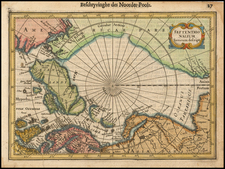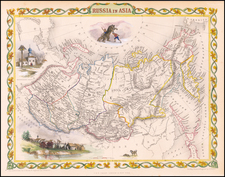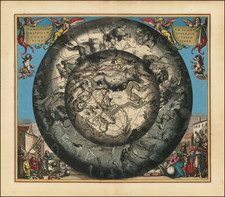Trans-Antarctic Expedition
Detailed map of the continent of Antarctica, issued by the Daily Telegraph on the eve of commencement of the TAE (Trans-Antarctic Expedition), the first attempted overland crossing of the Antarctic Continent from the Weddell Sea, via the South Pole, to McMurdo Sound.
The map illustrates the route of the TAE, along with a number of other milestone facts and details, such ast he names of the earliest explorers to reach the South Pole, including Amundsen and Scott, as well as American naval officer Richard E Byrd, who flew an aeroplane over the pole for the first time in 1929. The location of the based camps of various nations are also shown.
The map is illustrated borders include explorers (Amundsen, Fuchs, Shackleton, Scott, Hillary, Cook), some tools of the trade (aircraft, ships, skis etc), wildlife, and geographical features. As noted by the on line description by the British Library
On 1 December 1959 the Antarctic Treaty was signed into effect by twelve nations, who set aside all territorial claims on the continent in pursuit of peaceful scientific collaboration. The map. made two years previously, still shows the continent sliced into national sectors, and yellow shading indicates "Areas explored or seen by man" .
A thick red line passing across the continent through the pole indicates the planned route of the Commonwealth Trans-Antarctic Expedition, which, over the summer season of 1957-8 became the first expedition to cross the continent from one side to the other. The map also shows a network of proposed scientific bases, to be established during the International Geophysical Year 1957-8, a major scientific project featuring collaboration between East and West during the Cold War. . . .
(BL "Antarctica: A brief history in maps, part 2", 7 May 2020).









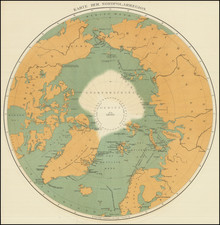
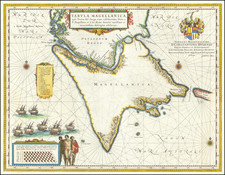
![Russiae et Novae Zemlae Maritimae [Maritime Russia and Novaya Zemlya.]](https://storage.googleapis.com/raremaps/img/small/92722.jpg)
